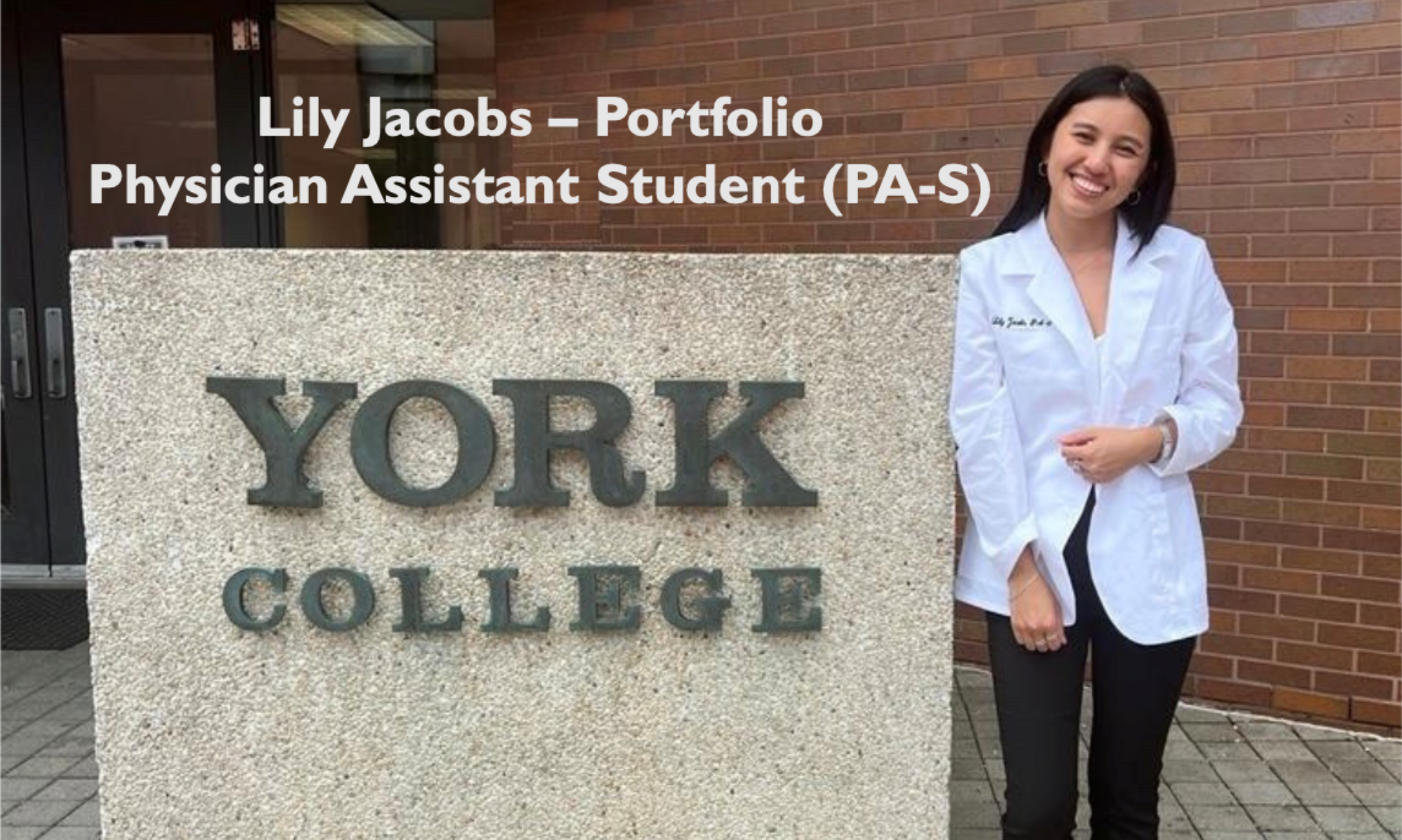“Effectiveness of SBIRT for Alcohol Use Disorders in the Emergency Department: A Systematic Review.”
On one of my overnight shifts during my second week of rotations, a patient with a past medical history of alcohol abuse presented in the ER with a deep laceration on his finger after accidentally sticking his hand in a blender a couple of hours earlier. The ER nurses told me that this patient was a repeat patient that came in about 2-3 times per month. There are many more patients like this one that fill the ER at night detoxing from some type of substance. I looked at a 2017 systemic review that focused on whether providing brief interventions in the ER could benefit patients, who are risky drinkers or suffer from alcohol abuse. The review specifically tested the effectiveness of using SBIRT in the ED setting. SBIRT (screening to assess for severity of substance use, brief intervention to provide harm awareness and motivate for change, and referral to treatment to patients who need additional treatment) is an evidence-based approach to delivering early interventions and treatment services to patients with substance use disorders or patients who are at risk of developing such disorders.
The researchers used Medline, EMBASE, PsycInfo, Cochrane Library, CINAHL, and Web of Science to find studies between January 1966-2016 that focused on using brief interventions in the ED for at risk patients with a primary outcome of decreasing alcohol consumption in the future. They identified 35 randomized control trials with patients ages ranging from 12-70 years old. Results showed that in 13 studies, there was a significant decrease in the number of drinking days and number of drinks per day among the participants getting the intervention compared to the control group. In 16 studies, there was a decrease in drinking in both control and intervention groups. Out of these 16 studies, 9 studies also showed secondary outcomes such as decrease in marijuana and alcohol use together, decrease in injuries, and decrease in drunk driving specifically among adolescents, young female adults (<22 years old), and low-moderate drinkers. The researchers followed up with the participants at 3 months, then 6 months, and then again at 12 months. They found that by the 6 month mark the effectiveness of the intervention had weakened.
The ED offers a unique setting where therapeutic help can be given to these patients, especially since the ED staff are usually the first people to see alcohol-related injuries and may be the only providers these patients seek treatment from. Based on the study’s findings, there may be a possible benefit to training ED staff members to screen for alcohol use disorder and to provide brief interventions to patients before discharge because it may decrease alcohol consumption, alcohol-related injuries, and/or recurring visits to the ED at least in the short-term. More research is needed to be done to assess for long term benefits and barriers need to be addressed such as cost, time, and resource support before this practice can be fully implemented into clinical practice.
Source: Barata, I. A., Shandro, J. R., Montgomery, M., Polansky, R., Sachs, C. J., Duber, H. C., Weaver, L. M., Heins, A., Owen, H. S., Josephson, E. B., & Macias-Konstantopoulos, W. (2017). Effectiveness of SBIRT for Alcohol Use Disorders in the Emergency Department: A Systematic Review.The western journal of emergency medicine, 18(6), 1143–1152. https://doi.org/10.5811/westjem.2017.7.34373
 Loading…
Loading…


